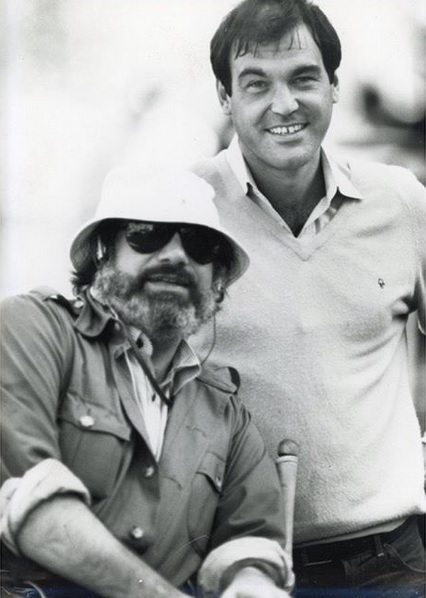These road trips about filming locations would not have been possible if I hadn’t met this friend, who is a not only a cinema buff, but also loves De Palma as much as you and I. Fun fact: we met on the Internet in 1996 looking for Murder a la Mod. We never found it of course and, as many De Palma fans, we had to wait until the Blow Out Criterion release to watch it. Having said that, it’s a major treat to found yourself on any filming location, if you ask me.
Especially, the ones from De Palma’s movies!
Phantom of the Paradise
All pictures were taken in Dallas. We tried to visit the Greystone Mansion in California, but didn’t get the permission.
Same goes for the Majestic Theater in Dallas. Next time, we’ll buy tickets to see a show so we can enter.
Since we were not sure where the exterior scenes were shot, we still took pictures of the Majestic and I put one in the video.
Obsession
The street of the Courtlands' house is part of a walking tour you can take while in New Orleans. The house is apparently famous for being is some other movies as well as Obsession, we heard a guide saying. We had to wait for the tourists to leave to take our pictures.
Carrie
There are only three trees left near the place where Carrie walks.
As soon as we put a foot on the college where the volley ball scene was filmed, we went to talk to a guardian who was there and we were taken to the principal’s office. We explained our project, but didn’t have the permission to take pictures while students were there, and our tight schedule meant we were not able to wait.
We were a little discouraged as we encountered the same reception at the next college where Carrie walks out from the fire, but since the movie was made, it was changed to a museum, so we got lucky there.
Another luck : we found the road where Chris and Billy try to kill Carrie just a few weeks before we left for our second road trip.
The Fury
Again, our tight schedule prevented us from visiting other locations from The Fury. But we can agree on the fact that it’s one of the best scenes of the movie if not the best.
Dressed to Kill
The museum shots you see are not exactly the same as the movie, since that portion was in renovation when we visited. Still, the architecture is the about the same on all floors, so it wasn’t too hard to take pictures that look like the ones in the movie.
We were also amazed to find the painting you see at 2:08, so I to put it in the video.
Blow Out
It took us a while to get access to the bridge – it’s harder / more complicated than we first thought. And even then, as you’ll see in the first picture, we were on the opposite side. By the way, I don’t know how many accidents there are there, but as you can see, the barrier is still damaged! :-o
Do I have to tell you that the murder shot was taken in the men’s bathroom, and not the women's? ;)
Also, we went two times to Philadelphia. The first time, the place where Sally is killed was closed. Fortunately we got lucky the second time!
Body Double
Maybe the biggest disappointment of all was not getting permission to take pictures at the Beverly Hills mall.
It’s very hard to get a good shot of the Chemosphere House since vegetation and other houses are in the way.
While we were figuring how to take pictures of the beach house, a gentleman saw us and let us enter. Sometimes, it seems that our Quebec accent helps. People understand how far we've come and will give us freebies like this. That’s how we were able to get the picture you see at 3:09.
The tunnel is now closed – since many years ago, it seems – but you could still see the façade from the beach.
The Untouchables
I remember I told you about the time I went to Chicago in 2015 when the staircase was in renovation. Talk about a MAJOR disappointment! Still I took some other pictures in 2015 and of course we put Chicago on our map for the road trips of 2016 and even 2019.
We took a diner at the Houndstooth Saloon.
Maniacs that we are, we went all the way to Montana for the frontier scene.
I’m especially proud of the Capone shot on the stairs (3:39). I took it in 2015 and didn’t have the pictures of the movie with me that time, but I still got the right angle.
As for the church, what can I tell you? This one of my favorite shots of all time: the hands near the camera, the heads further and the depth of field which leads us all the way to the back of the church. This is badass composition. No wonder I used it as the thumbnail. ;)
Casualties of War
Not much to be said here since, as you know, these shots were the only ones possible to take.
Oh and yes, for the first one we had to stand there for a little while waiting for the tramway to come and be able to take matching pictures.
Raising Cain
The manager of the Raising Cain motel was kind enough to let us take our pictures. Very appreciated. Another time where our Quebec accent might have helped.
We took more pictures at the park, but the scenery sure changed a lot since 1992.
Another treat was to be able to take as many pictures as we wanted inside the police station of Raising Cain (in fact a town mall). We have documented pretty much the whole sequence-shot.
Mission: Impossible
Finally for Mission: Impossible, pretty much all the pictures are from the video I made in 2018. The only new one is the 5:12 one which I found a way to insert here.
I don’t know if I told you back then, but remember when Tom Cruise says to Emmanuelle Béart: “There was nobody on the bridge.” ? Well, I have been in Prague for a week, and went to Charles bridge maybe five or six times at different hours trying to get these kind of shots.
Tom Cruise is a liar : There’s ALWAYS someone on the bridge.
So that’s about it. This is just the tip of the iceberg. We have many more pictures, so I’ll let you know when I’ll make some new videos about single films.
In the future, a third and final road trip in the States would include the east coast; especially in Miami for Scarface and New York for Carlito’s Way, Sisters, and some other shots from Dressed to Kill.
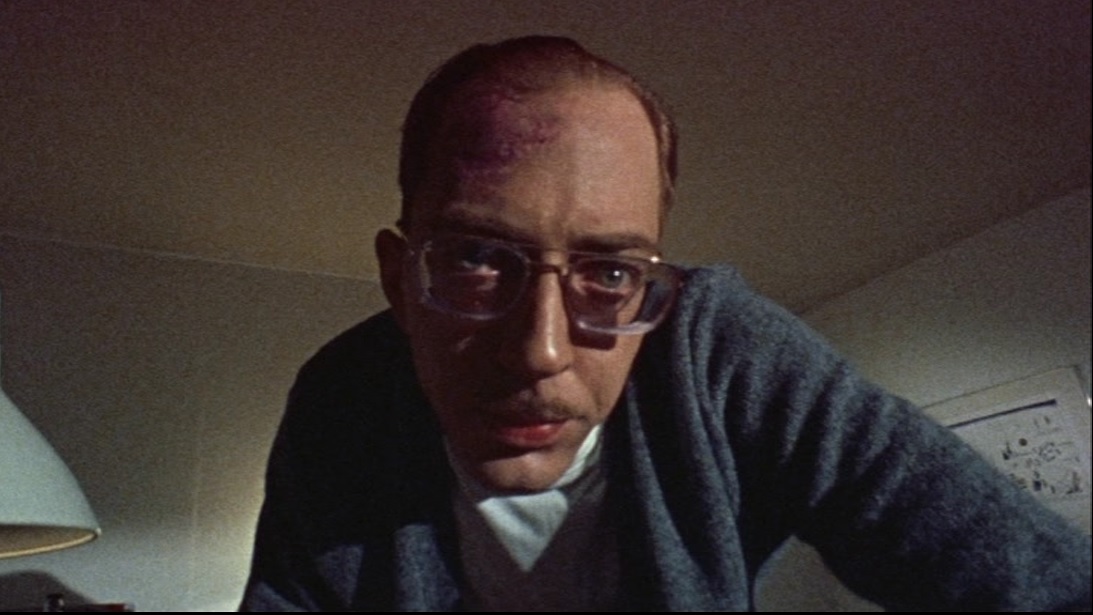




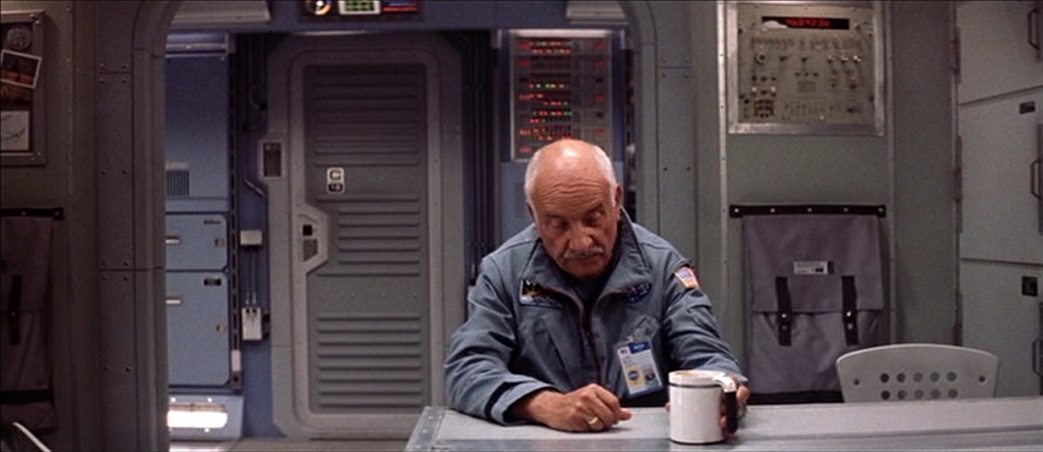
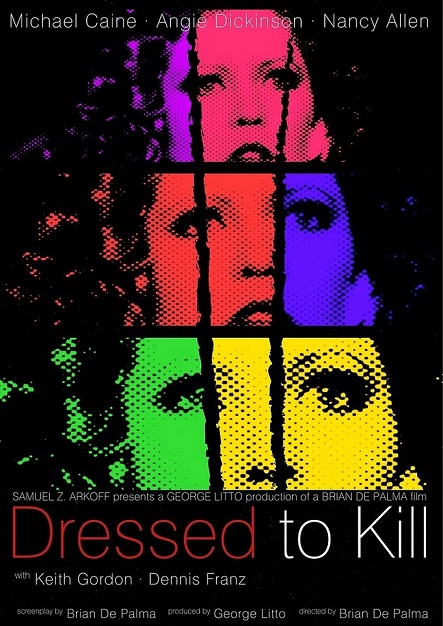
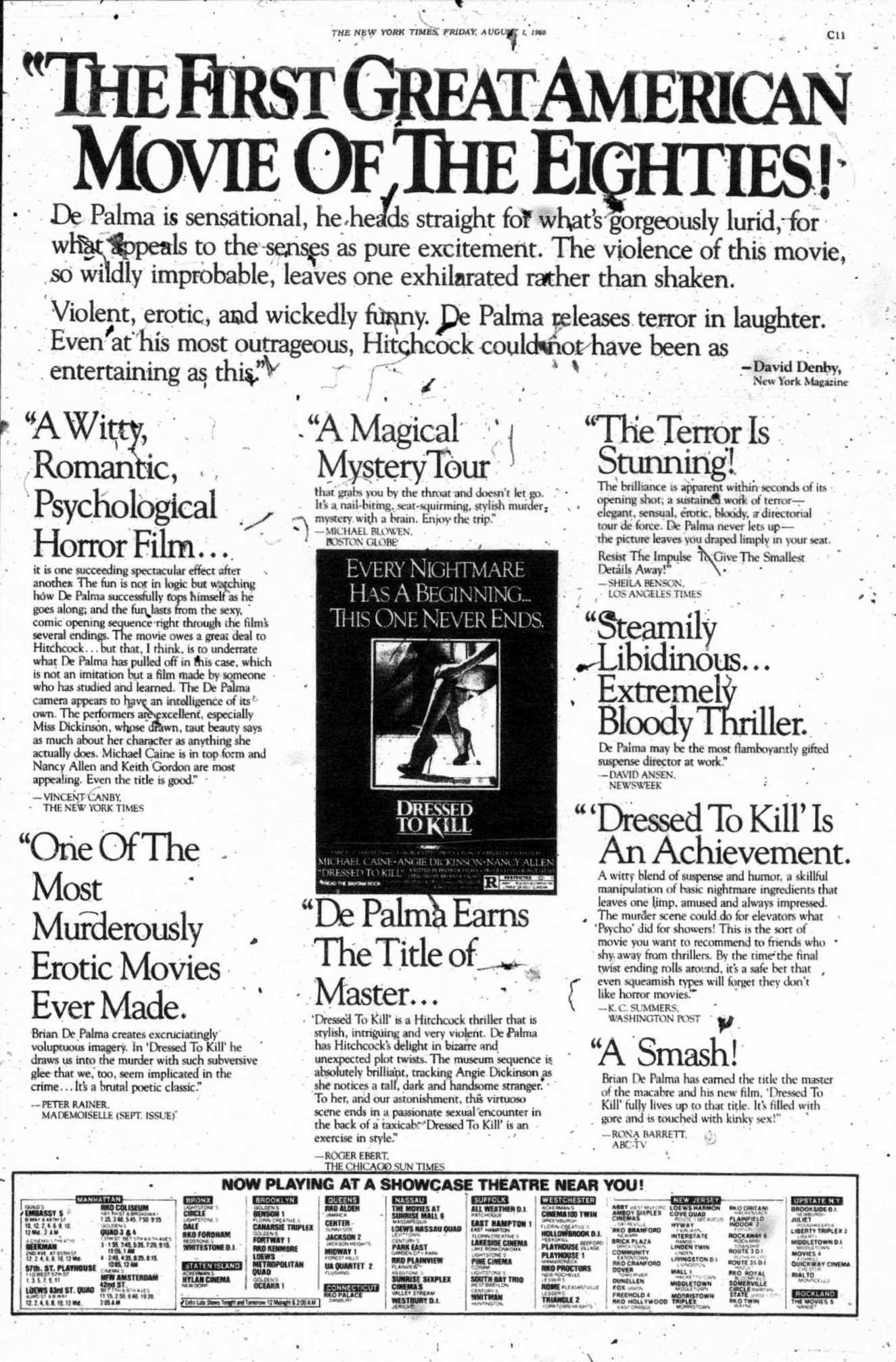
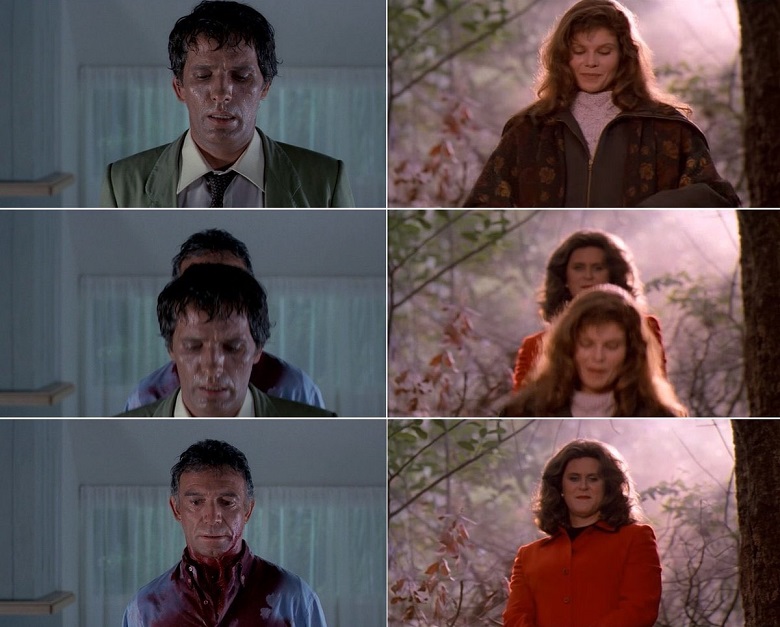
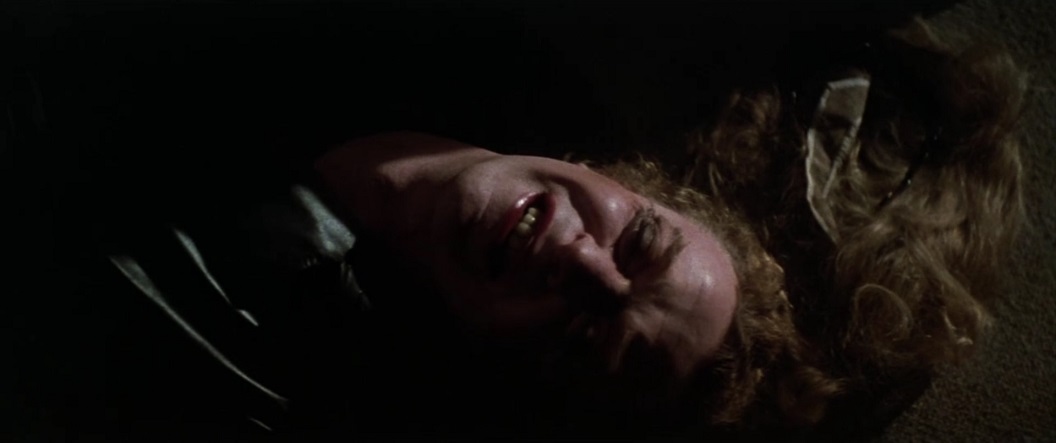
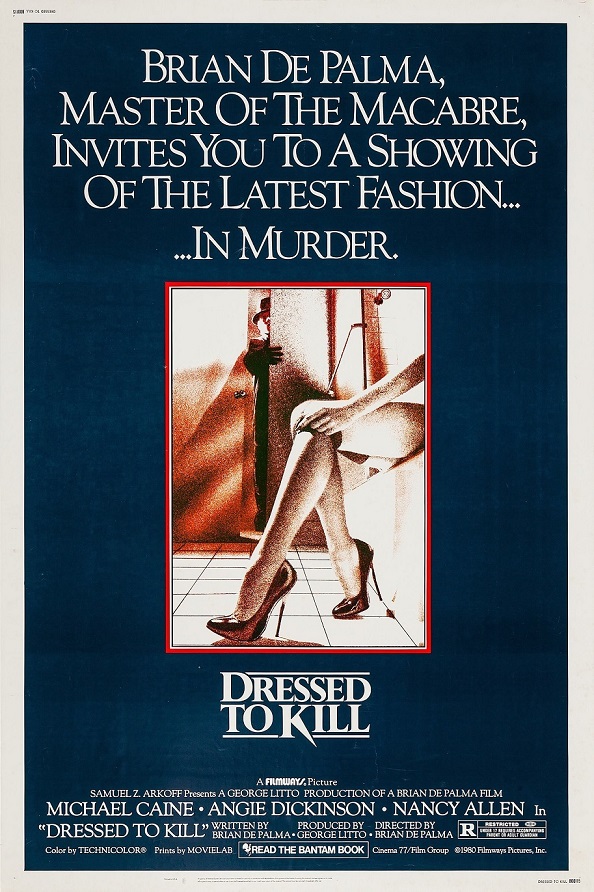
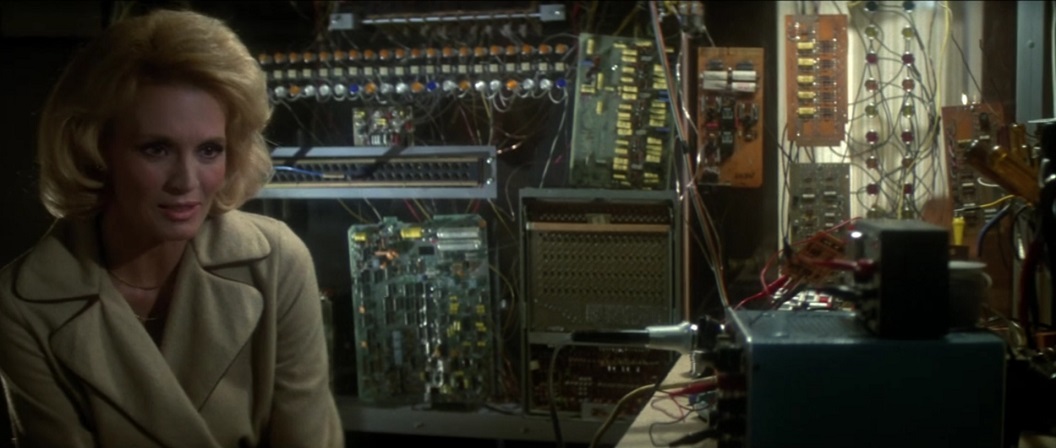
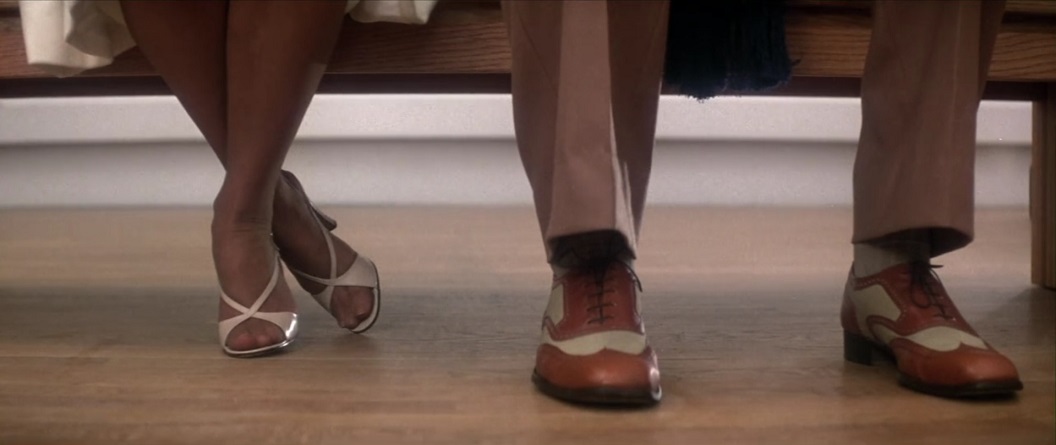
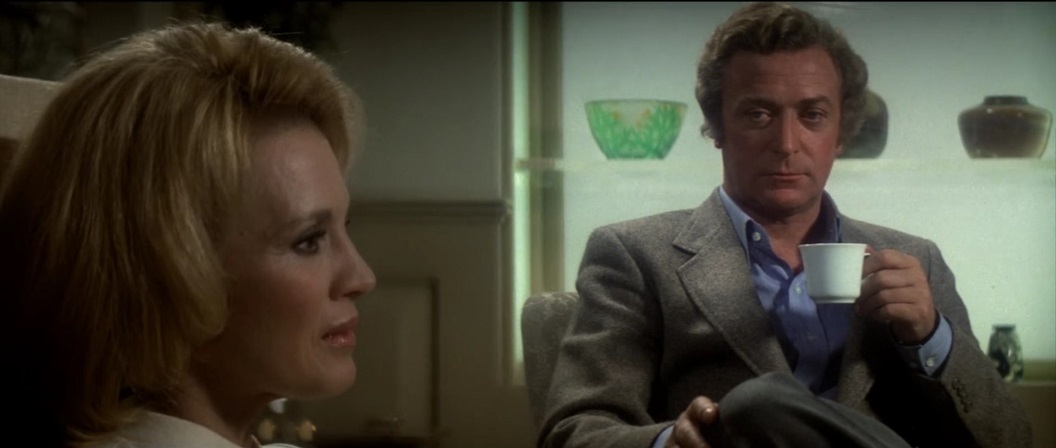
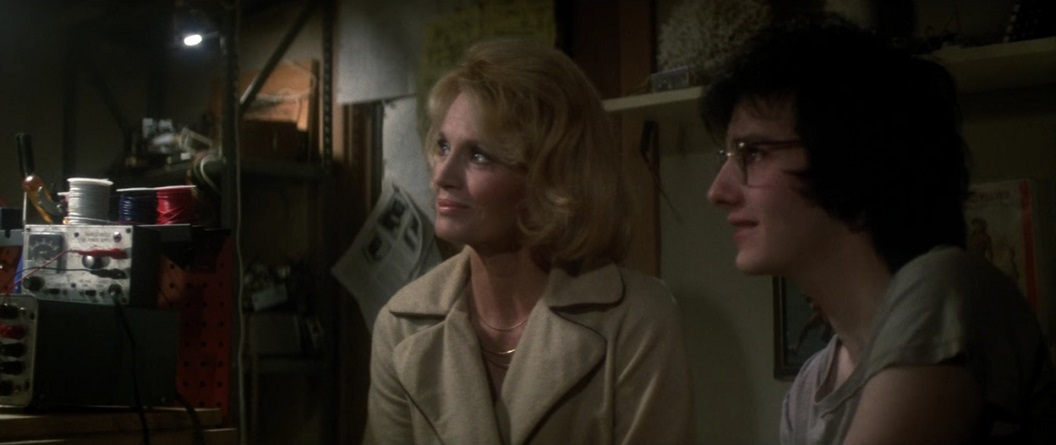

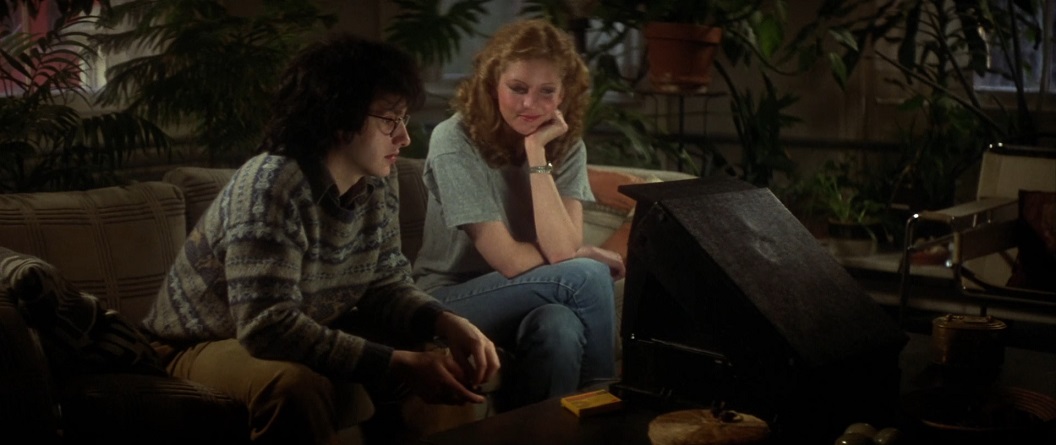
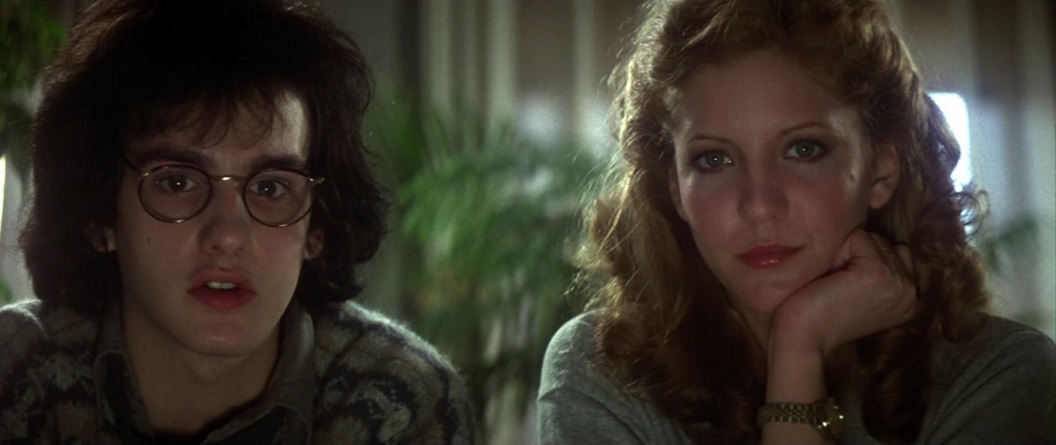
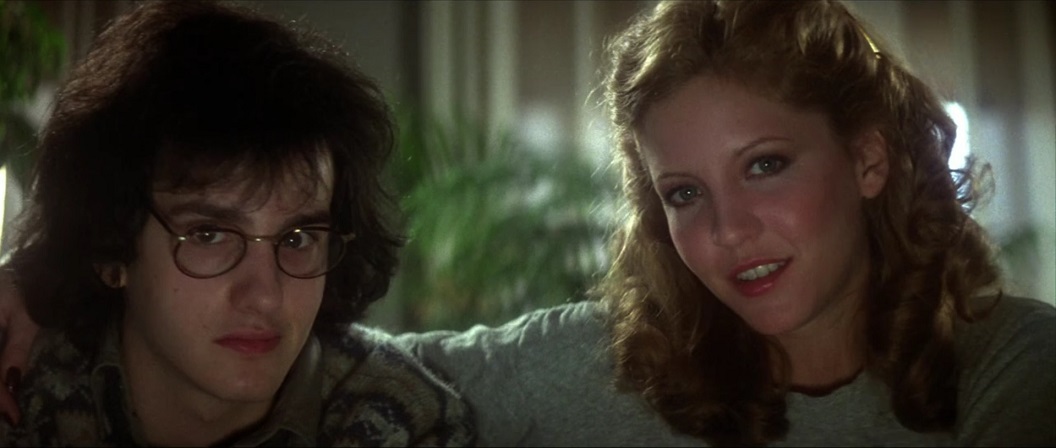
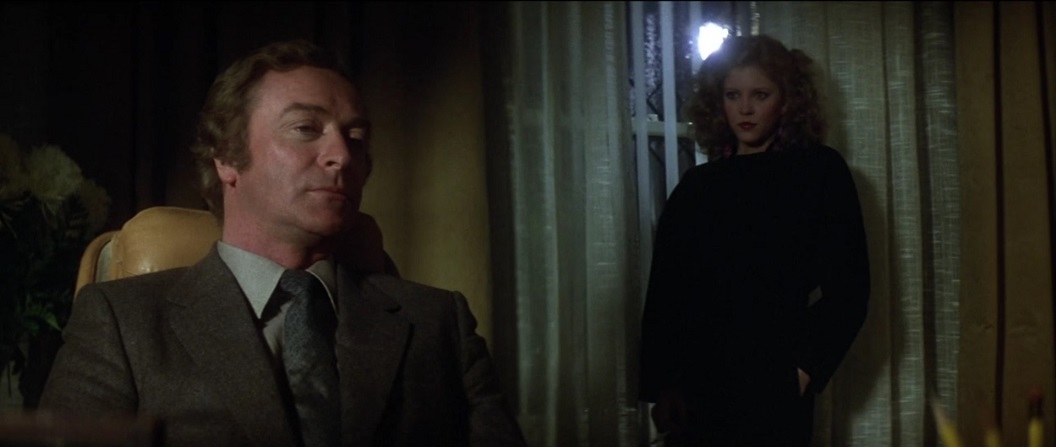
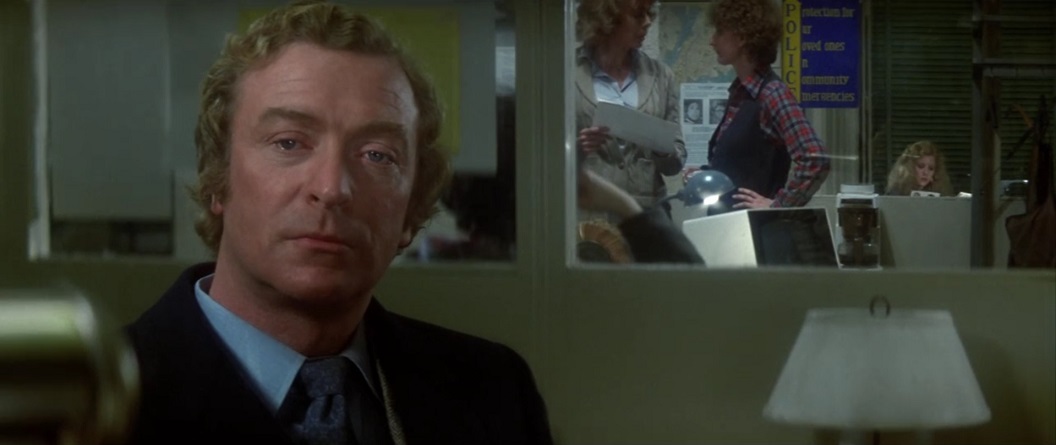
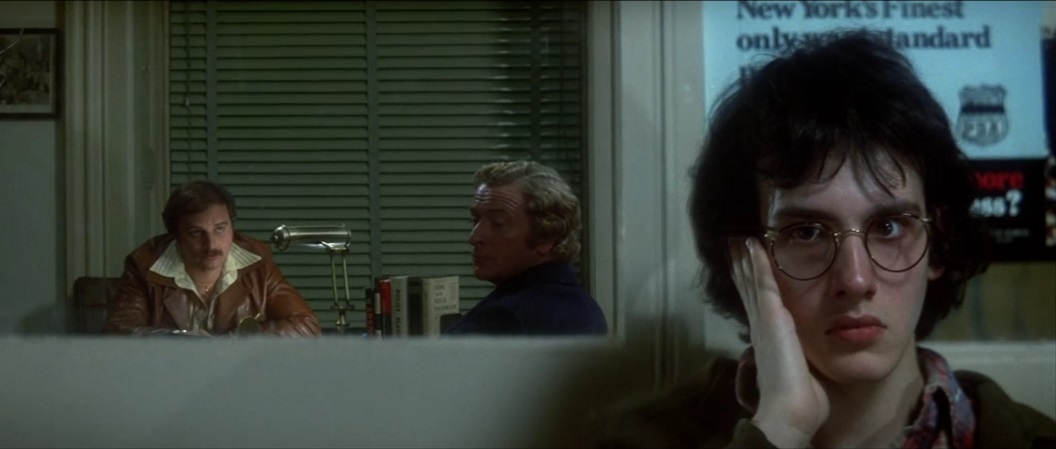
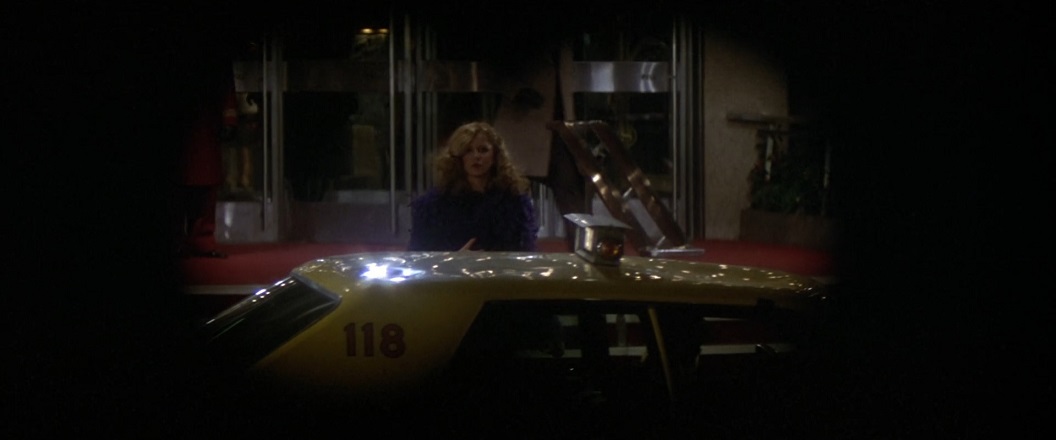
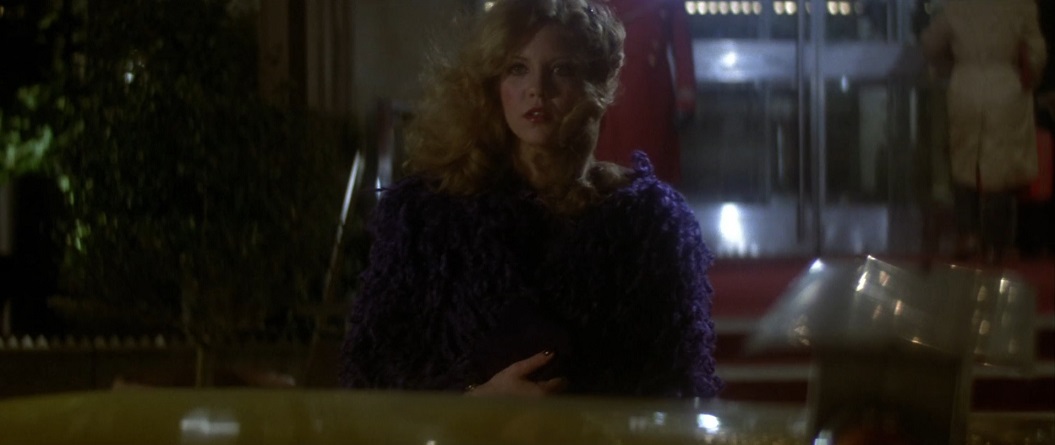


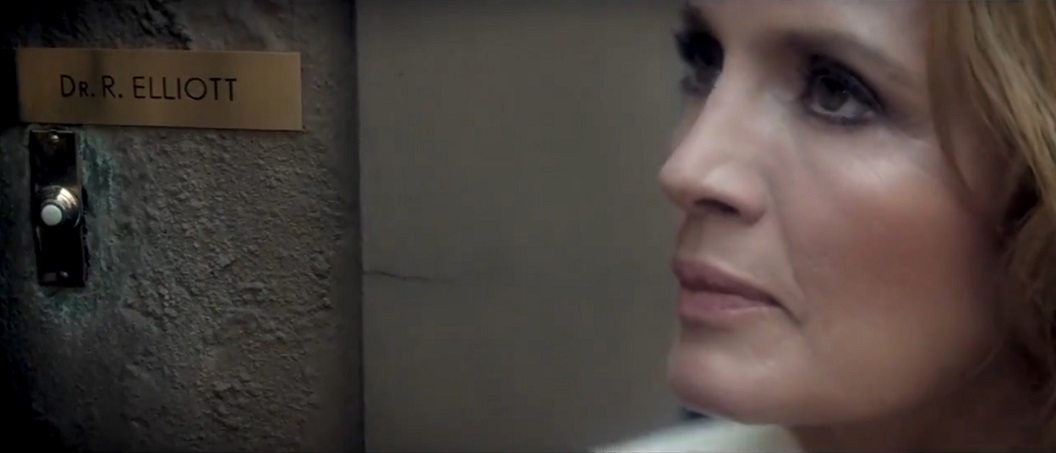
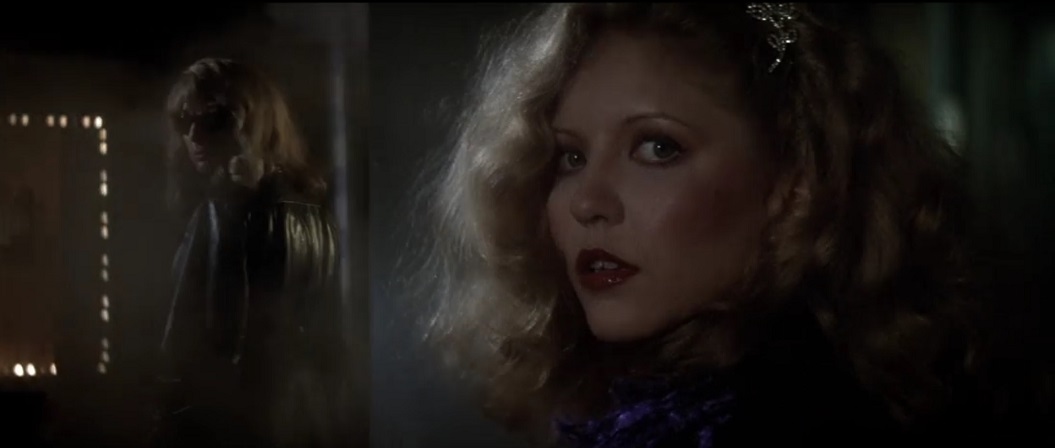

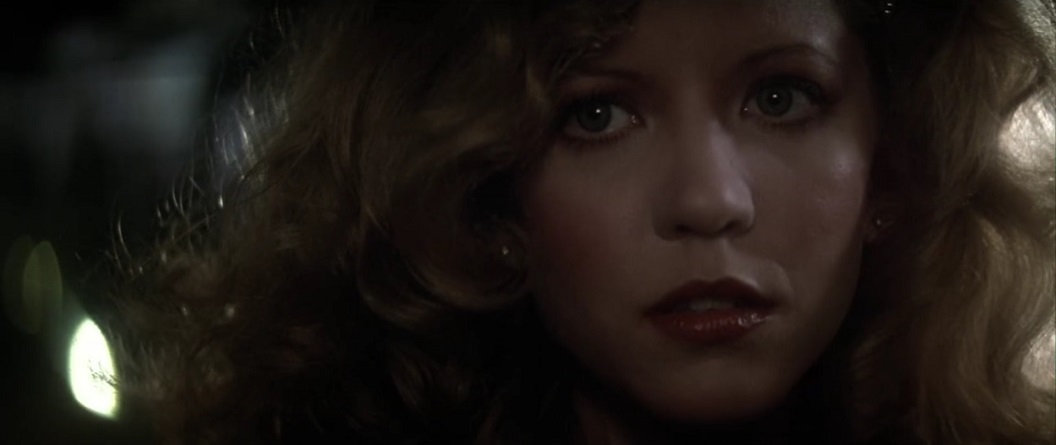
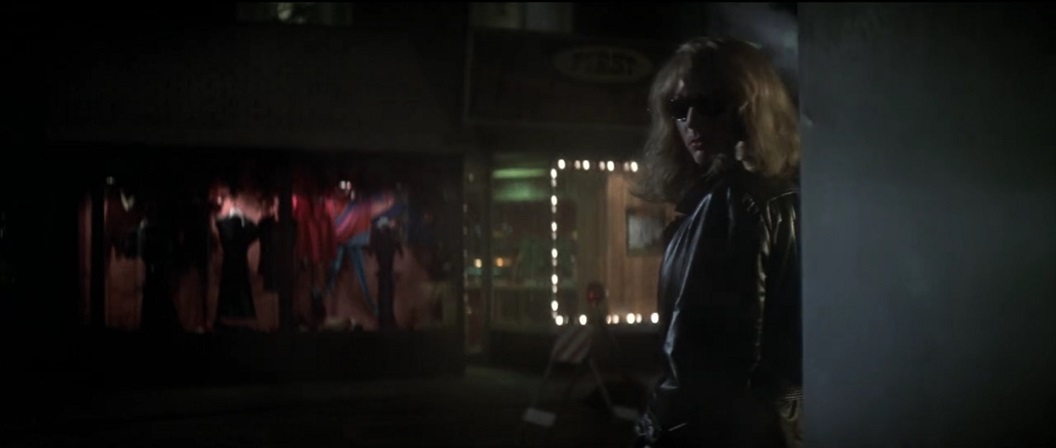
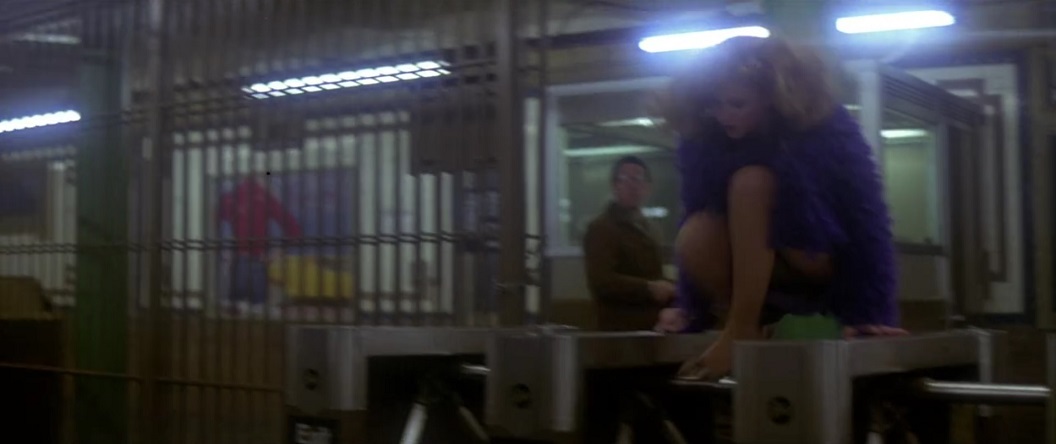
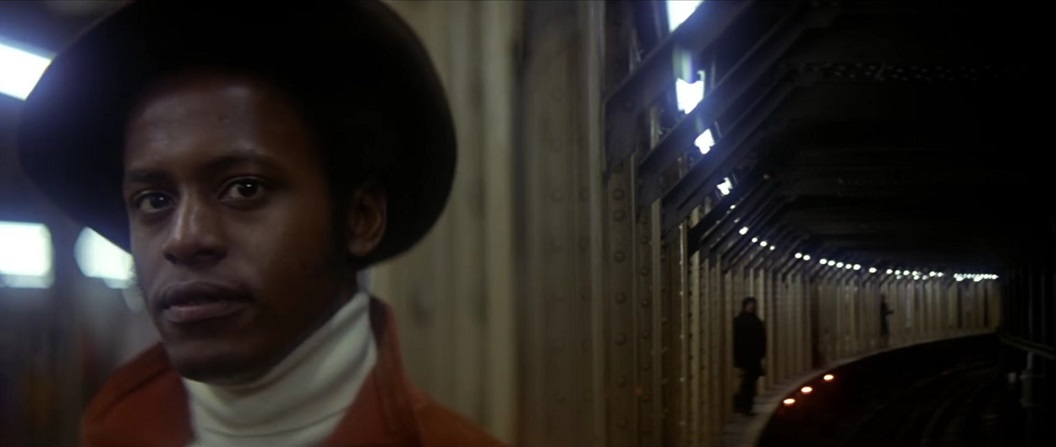
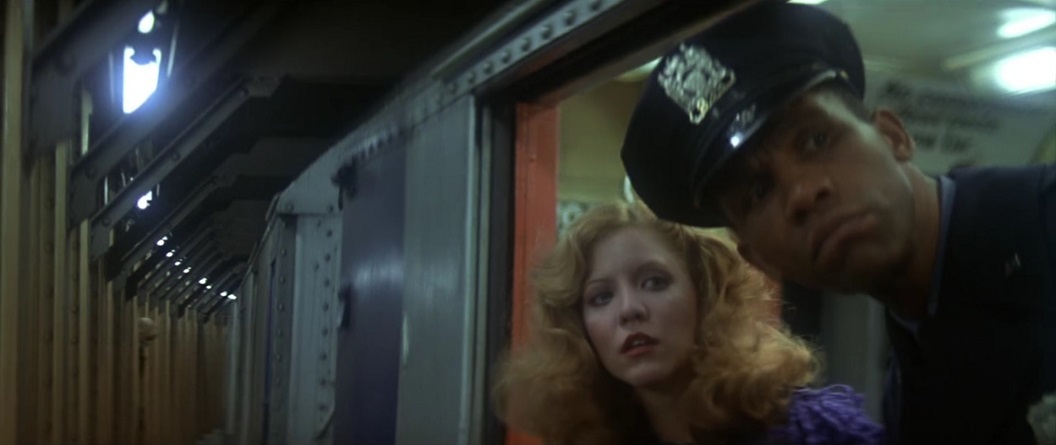
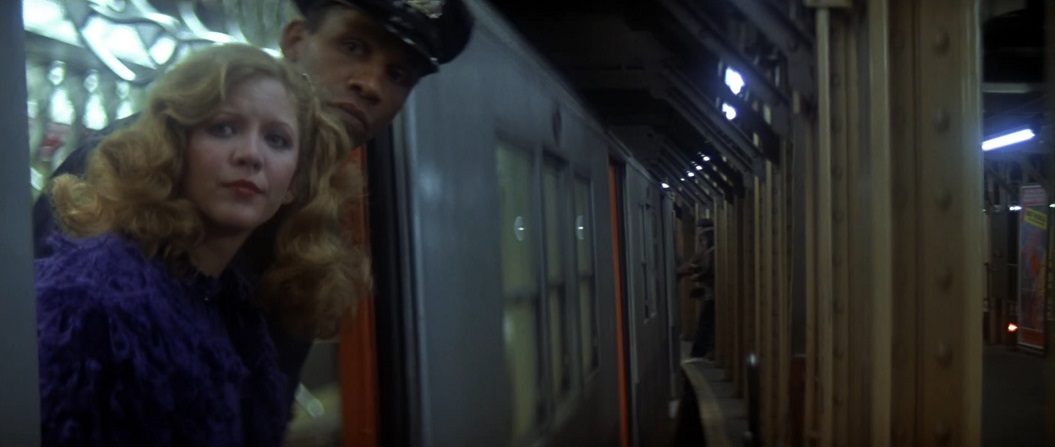
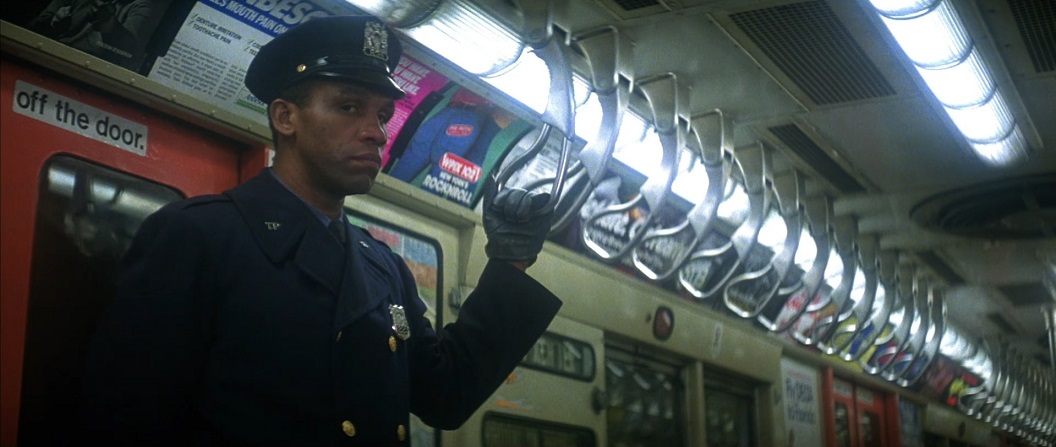
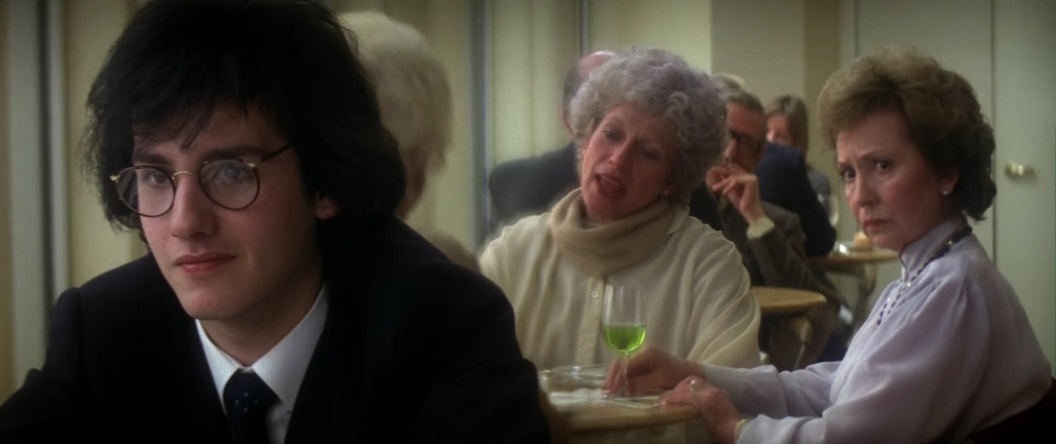

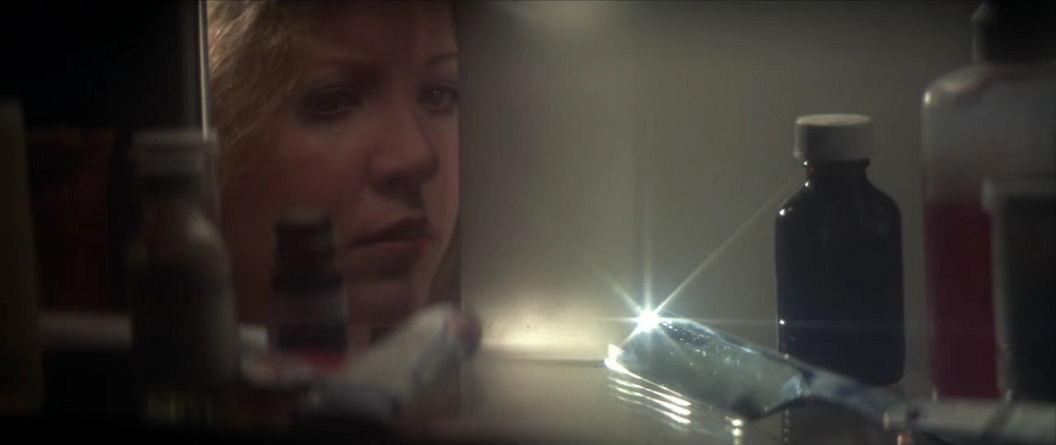
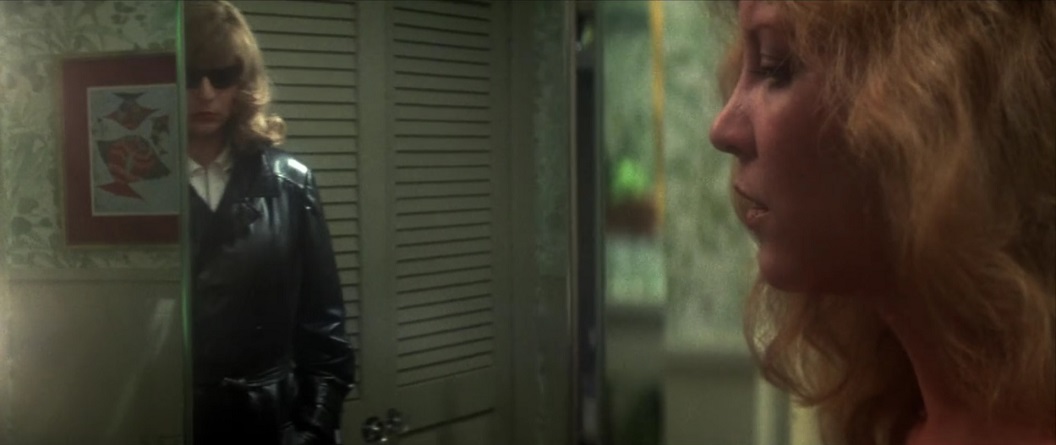
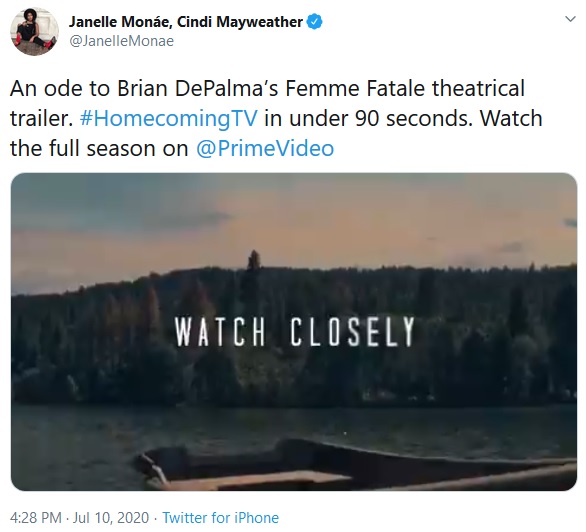

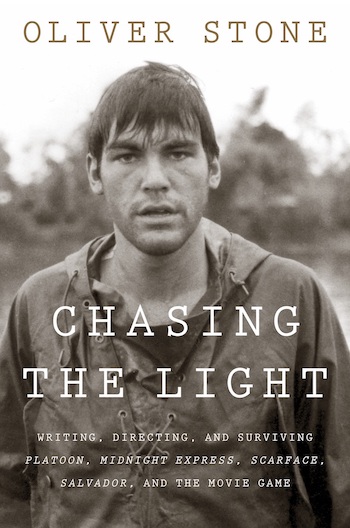 "I saw [Scarface] for the first time in a packed theater on Broadway with a paying audience, mostly Latino and black, which gave the film street cred, and right there I knew it was a better movie than the film crowd thought — and that it would last." So says Oliver Stone in an exclusive excerpt today at
"I saw [Scarface] for the first time in a packed theater on Broadway with a paying audience, mostly Latino and black, which gave the film street cred, and right there I knew it was a better movie than the film crowd thought — and that it would last." So says Oliver Stone in an exclusive excerpt today at 